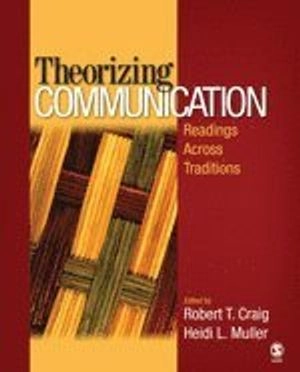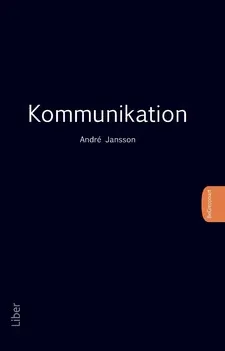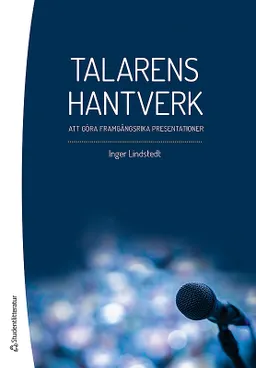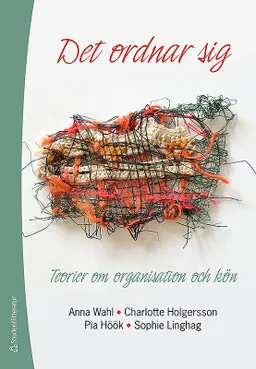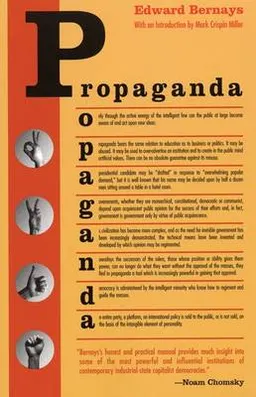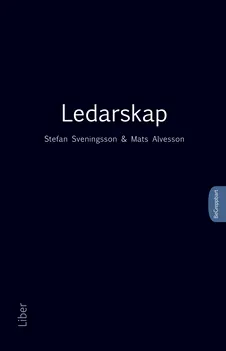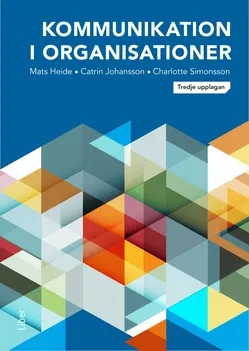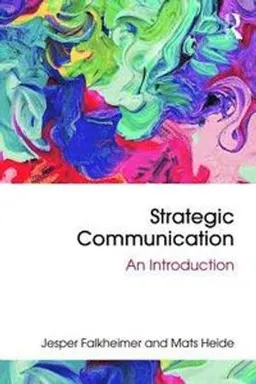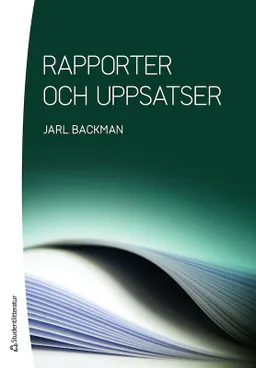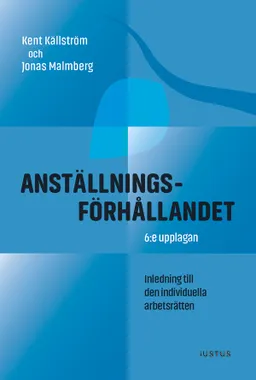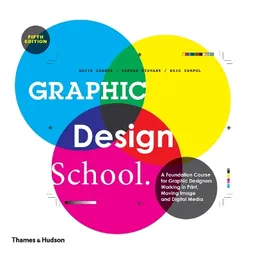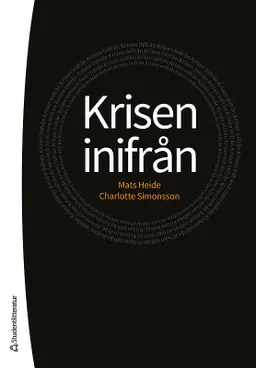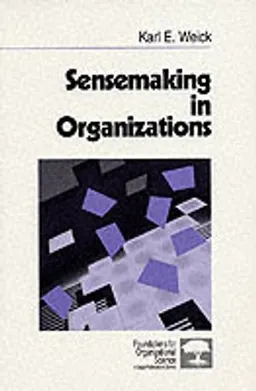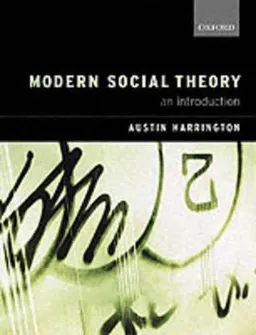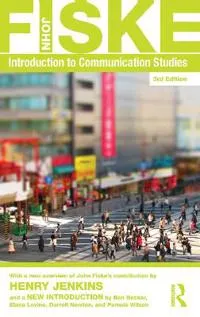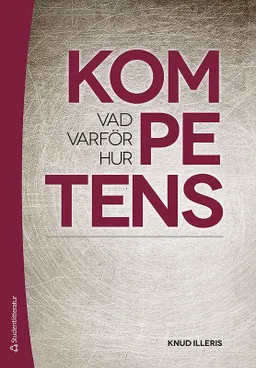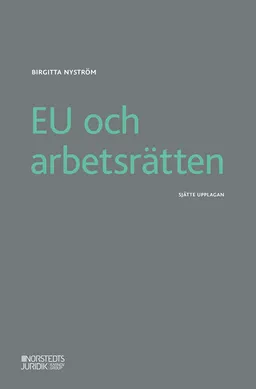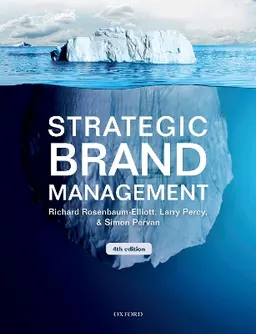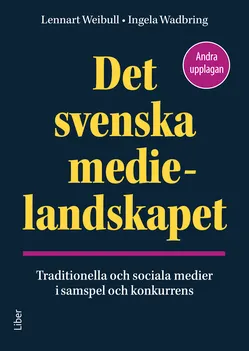Theorizing Communication: Reading Across Traditions is the first collection of primary-source readings built around the idea that communication theory is a field with an identifiable history and has developed within seven main traditions of thought-the rhetorical, semiotic, phenomenological, cybernetic, sociopsychological, sociocultural, and critical traditions. These seven traditions are seen as such when looking at the works of communication theorists within the larger idea that conceptions of communication are socially and historically situated and that theories arise when scholars work to make sense of problems or difficulties that are encountered with their sociocultural environments. The readings have been chosen so as to stimulate discussion about the idea of traditions as well as to provide grounding in key concepts necessary to the exploration of particular traditions. This collection is designed to move student readers beyond thinking that theories are something that simply exist and can or cannot be applied.
In addition to showing the history of each tradition, the selected readings also highlight contemporary interpretations, new directions, and/or hybrid approaches. Significant original introductions help to explain, locate, and complexity the readings. Each unit ends with suggested further readings as well as in-depth projects that help students apply and extend the unit's key ideas.
The volume is designed for a masters or an upper division undergraduate level communication theory class, but also has relevance for others who are interested in understanding the history and diversity of approaches taken to theory in the communication discipline. It can be used as a stand-alone text or to supplement a standard textbook.
Åtkomstkoder och digitalt tilläggsmaterial garanteras inte med begagnade böcker
